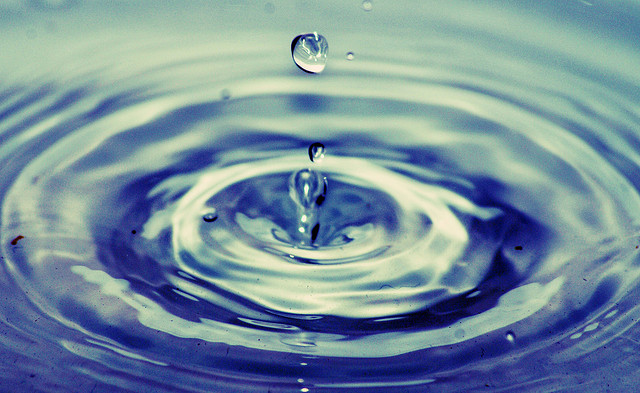
March 22nd is World Water Day: What You Really Need to Do to Help.
The world water crisis is real but we have all been sold a bill of goods about how to solve the problem.
Taking shorter showers won’t solve the world water crisis. Neither will installing Water Sense toilets, fixing leaks, or xeriscaping your yard. These things will lower your own water bill but that’s about all.
Most Americans have heard about the devastating drought in California and the measures being taken to save water including fining residents for watering their lawns or washing their cars.
Back in the 1970’s there was a drought in California. That’s when I started taking shorter showers, turning off the tap when I brushed my teeth, and not flushing the toilet for ‘number one.’ Many of my Santa Cruz neighbors had signs over toilets that read, “If it’s yellow it’s mellow. If it’s brown flush it down.”
I have continued those habits to this day, 40 years after leaving Santa Cruz. I also have a low flow showerhead. I only run my dishwasher when it’s full. Doing those things does next to nothing to solve the real problem. Even so, I won’t stop doing them.
In California, 80 percent of the water used goes to agriculture. California is a farming state and the state feeds much of the nation. However, it’s animal agriculture that is the biggest drain on scarce water supplies—47 percent. It takes an estimated 1600 gallons of water to produce one pound of beef whereas it’s only 102 gallons to produce a pound of wheat.
To put it another way, you would have to take a shower for six months continuously to use the same amount of water it takes to produce one pound of beef.
Governor Jerry Brown ordered California residents and businesses to reduce their water consumption by 25 percent. However no such restrictions were put on any part of the agriculture industry—animal or otherwise.
But because of the drought, water prices have skyrocketed for Big Agriculture—and guess what? Big Oil is selling Big Agriculture treated wastewater that would ordinarily go into disposal wells. Now that’s a new twist on recycling—your food watered with oil drilling wastewater.
It’s probably not an ecological coincidence that the two largest animal agriculture states, California and Texas, are both suffering from serious drought conditions.
Meanwhile three quarters of a billion of the earth’s seven billion people suffer from a lack of access to clean water. Women and primarily girls, spend 125 million hours a day collecting water—and not always clean water.
With the world population expected to increase dramatically, the increased food demand, as well as diets shifting to more dairy and meat based from a primarily plant based one, a further strain will be put on water supplies globally.
66 percent of Africa is arid or semi-arid. More than one third of the people in sub-Saharan Africa live in water-scarce regions. Expected increases in population will detrimentally impact the existing water deficits. Temperature rises due to climate change will also affect water supplies worldwide.
So you can see, the problems of the water crisis are much bigger than what our low-flow showerheads, dual flush toilets, or rain barrels can ever mitigate. I’m not suggesting that we stop doing those things, though—waste is never good.
And then, in the midst of this world wide water crisis, there are companies Like Nestle who profit from the lack of potable water in the poorest areas of the world by selling people bottled water that they can’t afford. The Chairman of Nestle, Peter Braebeck, has publically affirmed that he does not believe that water is a human or public right.
The new documentary film Bottled Life tracks how Nestle destroys the clean water source in a small Pakistani community and then sells water back to the residents. In Lagos, Nigeria some families spend up to half of their incomes to buy canisters of water—bottled by Nestle. Right here in the United States—in Maine—there is a legal battle over Nestle’s tactics of buying up and pumping out groundwater to bottle and sell. One tanker load of water costs between $0-10. That same tanker load of water once bottled will sell for $50,000.
So what can you actually do to make a difference?
- Stop eating meat and all products derived from animal agriculture. Yes, that pretty much means becoming vegan…but the impact is huge!
- Stop drinking bottled water—it takes 1.39 liters of water to make a 1-liter bottle of water.
- Support and donate to organizations whose mission is to bring clean drinking water to the poorest people in the world. Charity Water is one such organization.
- Boycott all Nestle products. Use the Buycott app to check their products.
- Urge your friends and families do all of the above.
The water crisis the planet is facing is massive and will take a worldwide effort to solve. The factors of climate change, overpopulation and increasing pressure for more water-intensive animal based food sources must all be addressed simultaneously. And companies that profit from clean water scarcity must be exposed and ostracized.
~
Author: Gayle Fleming
Editor: Sarah Kolkka
Image: WalterWilhelm/Flickr











Read 7 comments and reply